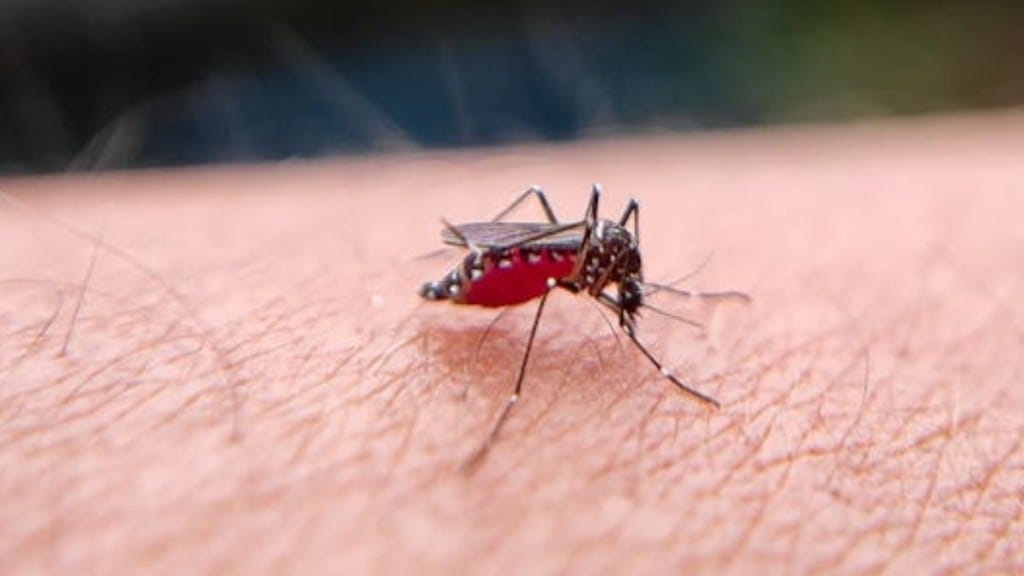China has been facing a chikungunya outbreak since early 2025, with thousands of cases reported so far. The mosquito-borne disease, which can cause severe joint pain and fever lasting for months, has hit Guangdong Province particularly hard, leading health officials to issue stricter travel warnings.
The Centers for Disease Control and Prevention (CDC) has issued a Level 2 travel advisory for Guangdong, urging travellers to ‘practice enhanced precautions’ due to the ongoing outbreak. Reports indicate that Foshan city is the hardest-hit area, with 12 other cities in the southern province reporting large-scale infections. In July alone, Foshan recorded around 7,000 cases.
Local authorities have taken strict measures to control the outbreak. Patients infected with chikungunya are required to stay in hospitals with proper treatment facilities. Residents are being fined up to 10,000 yuan (1,400 dollars) for failing to remove stagnant water from their surroundings, including flowerpots, coffee machines, and spare bottles, common breeding grounds for Aedes mosquitoes, which spread the virus.
What is chikungunya?
According to the World Health Organization (WHO), chikungunya is caused by the chikungunya virus, transmitted through mosquito bites. The disease has caused large outbreaks in Asia, Africa, and the Americas, and smaller outbreaks have occasionally occurred in Europe. The WHO warns that chikungunya can be difficult to identify because its symptoms are similar to dengue and Zika virus infections.
Symptoms and long-term effects of chikungunya
Chikungunya is known for causing debilitating joint pain, which can last for months or even years in some cases. Other symptoms include fever, joint swelling, muscle pain, headache, fatigue, nausea, and skin rashes. As per WHO, the severity and persistence of joint pain make chikungunya particularly challenging for patients and health systems.
A study published in The Lancet Infectious Diseases found that up to 50 per cent of chikungunya patients may experience joint pain for more than a year after infection, making long-term monitoring important.
Vaccines and treatments for chikungunya
Currently, there are two vaccines available for chikungunya. The IXCHIQ vaccine is a live-attenuated vaccine that uses a weakened form of the virus to trigger an immune response. Meanwhile, the VIMKUNYA vaccine is a virus-like particle vaccine, which mimics the virus to stimulate immunity without using live virus. According to the CDC, vaccination remains one of the most effective ways to prevent the disease.
There is no specific antiviral treatment for chikungunya. Patients are generally advised to manage symptoms with pain relievers, hydration, and rest.
How to keep yourself safe from chikungunya?
As per CDC, the best way to avoid chikungunya is to prevent mosquito bites. People should use insect repellent, wear long sleeves and pants, and remove standing water around their homes. Staying in screened or air-conditioned places can also help. Travellers to areas with outbreaks are encouraged to get vaccinated if they can.
With the outbreak spreading rapidly in Guangdong and surrounding regions, health authorities are urging both locals and travellers to follow safety measures carefully.

